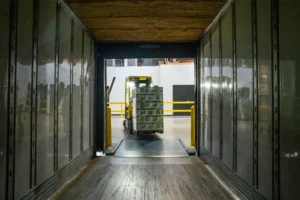In the logistics and transportation industry, route optimization plays a crucial role in achieving cost savings and promoting sustainability. By finding the most efficient routes for deliveries, businesses can reduce fuel consumption, lower operational costs, and minimize their environmental impact. This article explores the importance of route optimization for cost savings and sustainability, highlighting key strategies and benefits.
Understanding Route Optimization
Route optimization involves using advanced algorithms and data analysis to determine the most efficient routes for transportation. This process takes into account various factors such as distance, traffic conditions, delivery windows, and vehicle capacity to create optimized routes that minimize travel time and fuel consumption.
- Fuel Savings
- Optimized routes reduce the distance traveled, leading to significant fuel savings. This not only lowers transportation costs but also reduces the carbon footprint of logistics operations.
- Reduced Travel Time
- By avoiding congested areas and selecting the fastest routes, businesses can reduce travel time. This leads to more efficient deliveries and improved customer satisfaction.
- Lower Maintenance Costs
- Shorter and less strenuous routes result in less wear and tear on vehicles, leading to lower maintenance costs and longer vehicle lifespans.
- Enhanced Driver Productivity
- Optimized routes enable drivers to complete more deliveries in less time, increasing their productivity and reducing overtime expenses.

Strategies for Effective Route Optimization
- Utilize Advanced Routing Software
- Investing in advanced routing software is essential for effective route optimization. These tools use sophisticated algorithms to analyze data and create the most efficient routes.
- Incorporate Real-Time Data
- Integrating real-time data such as traffic conditions, weather updates, and road closures helps in adjusting routes dynamically to avoid delays and ensure timely deliveries.
- Consider Delivery Windows
- Route optimization should take into account delivery windows and customer preferences to ensure that deliveries are made within the stipulated time frames.
- Optimize Vehicle Loads
- Ensuring that vehicles are loaded to their full capacity while maintaining safety standards can further enhance route efficiency and reduce the number of trips required.
- Regularly Update Routes
- Regularly updating routes based on changing conditions and new data ensures that the optimization process remains effective and relevant.
Benefits of Route Optimization for Cost Savings
- Reduced Fuel Costs
- By minimizing the distance traveled and optimizing routes, businesses can achieve significant fuel cost savings.
- Lower Labor Costs
- Efficient routes reduce the time drivers spend on the road, leading to lower labor costs and reduced overtime expenses.
- Decreased Vehicle Operating Costs
- Optimized routes lead to fewer miles traveled and less wear and tear on vehicles, resulting in lower operating costs and longer vehicle lifespans.
- Improved Resource Allocation
- By optimizing routes, businesses can allocate resources more effectively, ensuring that transportation assets are used to their full potential.
Benefits of Route Optimization for Sustainability
- Reduced Carbon Emissions
- Optimized routes lead to reduced fuel consumption, which in turn lowers carbon emissions and contributes to a more sustainable logistics operation.
- Lower Environmental Impact
- Efficient routing reduces the overall environmental impact of transportation activities by minimizing fuel use and decreasing pollution.
- Promotion of Eco-Friendly Practices
- By implementing route optimization, businesses demonstrate their commitment to eco-friendly practices, enhancing their reputation as environmentally responsible organizations.
- Compliance with Regulations
- Many regions have regulations aimed at reducing emissions and promoting sustainability. Optimized routes help businesses comply with these regulations and avoid potential fines.
Implementing Route Optimization in Your Business
- Choose the Right Technology
- Selecting the right routing software is crucial for successful route optimization. Look for features such as real-time data integration, dynamic routing, and user-friendly interfaces.
- Train Your Team
- Ensure that your logistics and transportation teams are trained on using the routing software and understand the importance of route optimization.
- Monitor and Adjust
- Continuously monitor the performance of your optimized routes and make adjustments as needed to maintain efficiency and address any issues that arise.
- Evaluate and Improve
- Regularly evaluate the effectiveness of your route optimization efforts and seek opportunities for further improvement through technology upgrades and process enhancements.

Conclusion
Route optimization is a vital component of cost savings and sustainability in transport logistics. By leveraging advanced routing software, incorporating real-time data, and considering delivery windows, businesses can achieve significant fuel savings, reduce operational costs, and minimize their environmental impact. Implementing effective route optimization strategies not only enhances efficiency and productivity but also demonstrates a commitment to eco-friendly practices and regulatory compliance. By continuously monitoring and improving their route optimization efforts, businesses can stay competitive and achieve long-term success in the dynamic world of logistics and transportation.






